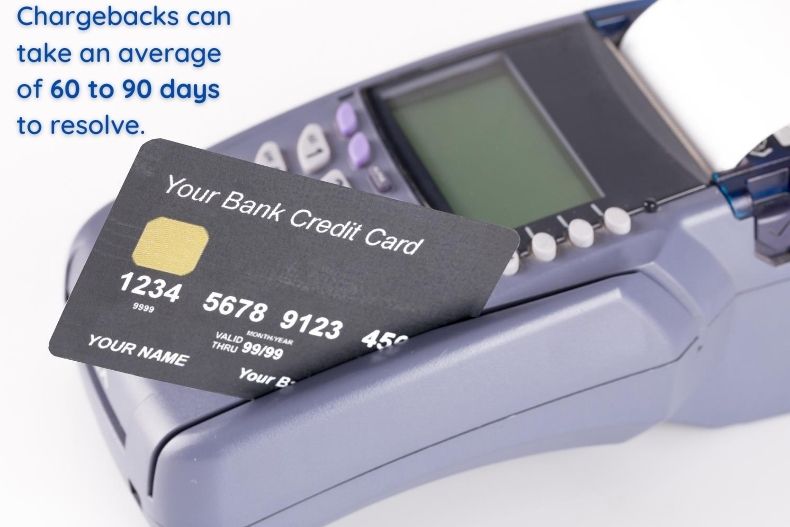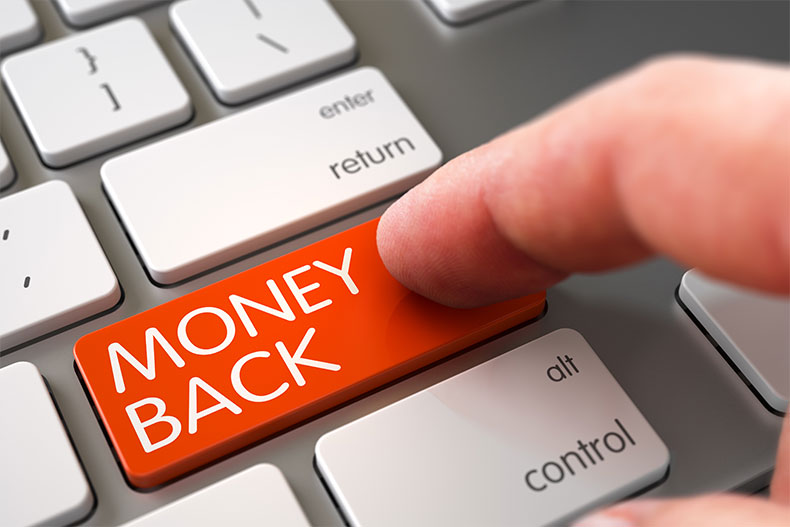A chargeback refers to that process whereby a customer, or a cardholder, disputes a transaction and asks the bank or the card issuer to reverse the transaction. In essence, it’s a payment dispute. Chargebacks happen to protect consumers from any possible unauthorized transactions. This situation is favorable to the consumer, but it can mean a lot of stress for the business involved.
One of the most common questions asked about chargebacks is whether or not it’s considered as a refund. This article gives you the breakdown and covers everything else you need to know about chargebacks.

The Treatment Of Chargebacks And Refunds
Credit institutions and banks generally treat chargebacks and refunds differently.
In a chargeback, the disputed funds are held by the merchant’s account until the credit institution or bank is able to solve and figure out the concern. When the bank rules in favor of the cardholder, then this is permanently debited from the merchant’s account, which is to be sent back to the cardholder’s credit card account as a deduction on the charges.
Refunds, on the other hand, are treated as a dispute. Refunds are more straightforward, as the reason is clear: the customer no longer wants the particular item for various reasons, such as being damaged or delivered too late. These are solved before even reaching the chargeback phase. These are made possible through refund requirements, such as:
- What items are eligible for a refund, and the condition that they’re in
- When customers are eligible for a refund, usually 30 days from purchase date
- Why customers can apply for a refund
- A proper way of requesting for a refund
The Main Causes Of Chargebacks
A chargeback is caused by many reasons. These reasons are generally classified into fraudulent and non-fraudulent codes by your chosen chargeback management service provider. While chargebacks and refunds are different, the reasons for chargebacks are also similar to refunds.

These main causes are:
- Processing errors, which means that the transaction was billed incorrectly
- Customer dissatisfaction, whereby the cardholder didn’t receive the items/services purchased as expected
- Authorization errors, whereby your business or the merchant failed to follow the proper authorization procedures
- Fraud, wherein the cardholder hasn’t authorized the transactions
- Shipping or pricing issues, wherein the cardholder is overcharged for a particular product or service
- Unrecognized, whereby the cardholder doesn’t recognize the charge on their bank statement
- Duplicate, where the customer claims that the merchant charged them twice for the same transaction
- Canceled subscription, which is a claim by the customer for still being charged even after they’ve already canceled their subscription
The Process Of Rejecting Chargebacks And Refunds
Since chargebacks and refunds have different causes, the process of rejecting them is also different. Chargebacks also take more time to solve than refunds.
Chargebacks can take an average of 60 to 90 days to resolve. The customer’s bank or credit card issuer will contact the merchant with a chargeback retrieval request, which is a request that asks for evidence to dispute the chargeback claim. This can include receipts, invoices, and proof of delivery, among others items. Once received, the bank will review the evidence and decide whether or not the chargeback is legitimate.
Chargebacks are more expensive for businesses than refunds because, for the former, the bank will charge a settlement fee. When the chargebacks in your account are also frequent, payment processing companies can permanently disallow you from accepting card payments.
Refunds, on the other hand, don’t have a fee. This is also easier to solve, particularly when there’s a well-made refund policy to prove the claim. Otherwise, the business also risks this refund to turn into a chargeback.
In business, you should treat chargebacks as your worst enemy because of the settlement fees that you, the merchant, will have to pay.
Tips To Reduce Chargebacks And Refunds
Once you’ve received chargebacks and requests for refunds, apart from trying to resolve the issue, you’ll also want to take the necessary steps to prevent these charges from happening again.
Refunds are a loss in revenue, while chargebacks can cause a lot of stress and additional expenses. To avoid these from happening, here are some tips that you can apply:
- Have a clear refund policy in place
- To avoid the common reasons for a chargeback, study all the common customer behavior in stores
- Practice clear communication with customers throughout the entire buying cycle
Conclusion
While different, a chargeback and a refund are both similar as to how it can substantially hurt your revenue. While both are negative situations in nature, you can treat this more positively.
When this happens to your business, take this as an opportunity to improve your customer service. Most chargebacks or refunds can end with amicable results as long as you’ll also cooperate with the complaining customer.
When the problem is resolved, your customers are still going to see you in a positive light, especially when you’re able to level up your customer service to turn the chargeback or refund around.











